Mt Everest, world’s highest peak, brings hundreds of adventure aspirants in a season from around the world.
If anyone asks you why do you climb Mt Everest, then pat comes the famous answer of climber George Mallory: “Because it is there!”
Day one:
Kathmandu to Phakding via Lukla
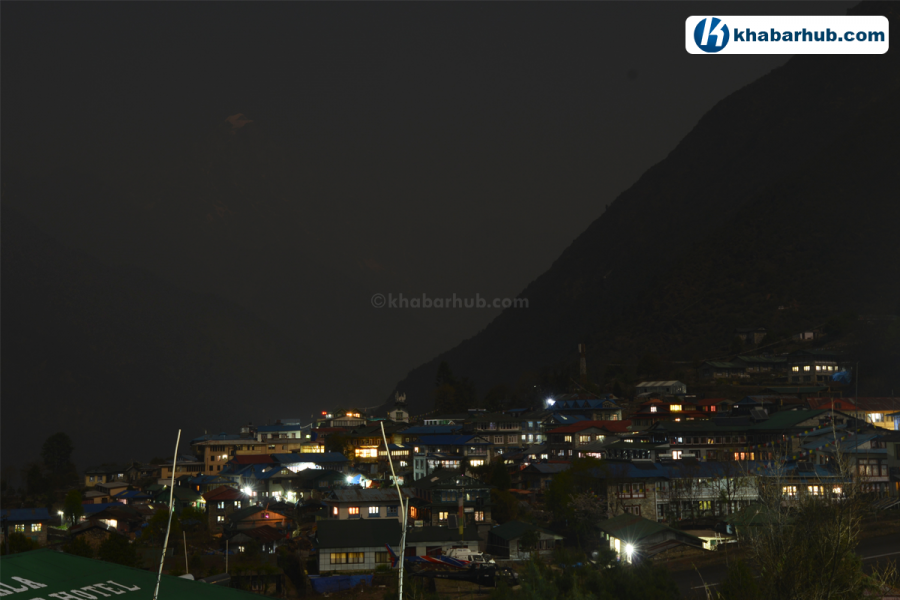
Fly from Kathmandu to Lukla (2800 meters) and then trek for three hours to reach Phakding covering a distance of approximately 8km. Stay overnight at Phakding and stay at a lodge with a two-star facility.
Day two and day three
Phakding to Namche
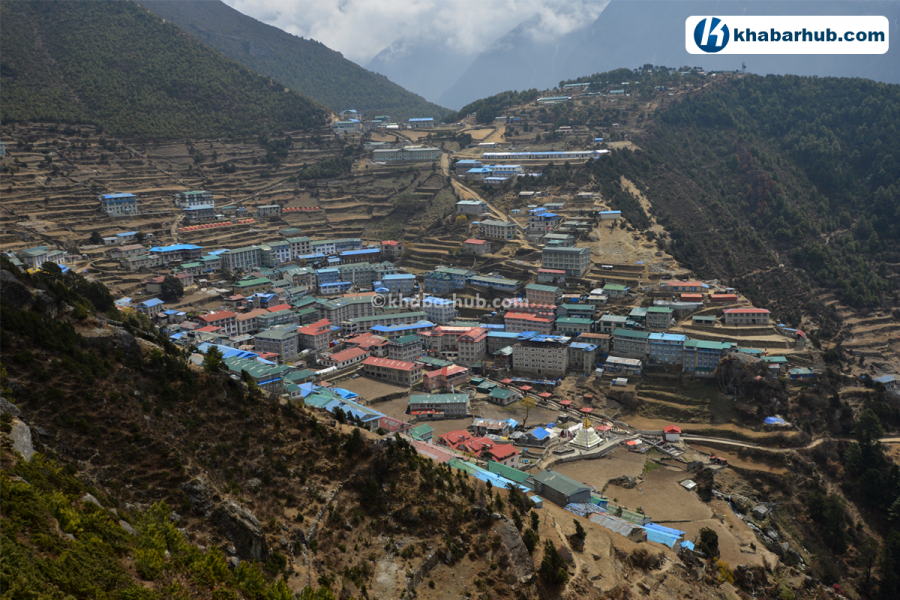
After breakfast at Phakding, trek to Namche Bazaar, gateway to Everest, located at the height 3,440 meters. Namche Bazaar is also the entry of Sagarmatha National Park. Stop on the way for lunch and snacks enjoying the exotic Himalayan range. Reach Namche bazaar in around six hours covering a distance of around 11km. Two overnight-stay at Namche Bazaar. In the second day, tourists normally visit Everest View Hotel, listed as a hotel located in the highest altitude.
Enjoy the local culture and spend the day around Namche Bazaar. Overnight stay at Namche Bazaar for acclimatization.
Day four
Namche to Tengboche
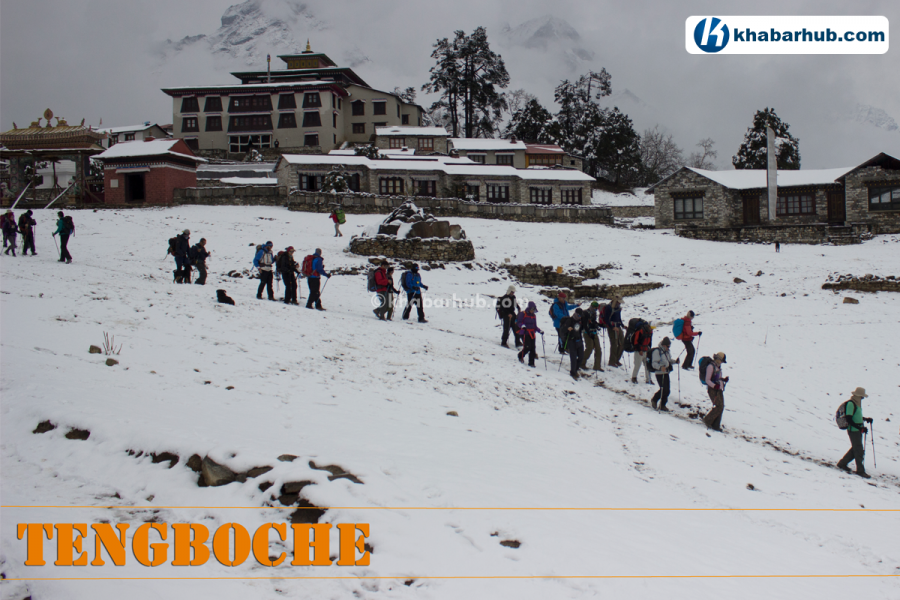
After breakfast, trek from Namche to Tengboche covering a distance of around 11km within five hours. Overnight stay at Tengboche. Tengboche is located at the height of 3860 meters. Tengboche monastery is the main attraction. It offers a panoramic view of the Everest, Nuptse, Lhotse, Ama-Dablam and other Himalayan ranges. Overnight stay at Tengboche.
Day five
Tengboche to Dingboche
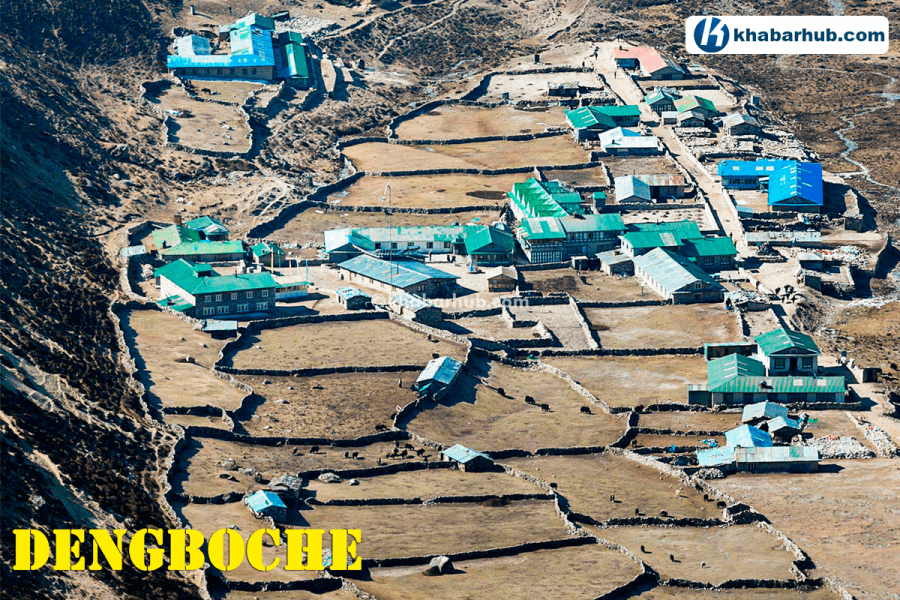
After breakfast, trek to Dingboche from Tengboche covering a 5-hour-trek of around 12km. Located at the height of 4,250 meters, you will reach Dingboche, a Sherpa village, which is preferred for acclimatization. In the first successful Everest expedition in 1953 by Tenzing and Edmund Hillary, this place had served as the Everest Base Camp. Thanks to global warming, Dingboche does not possess as much snow now.
Day six and seven
From Dingboche to Lobuche
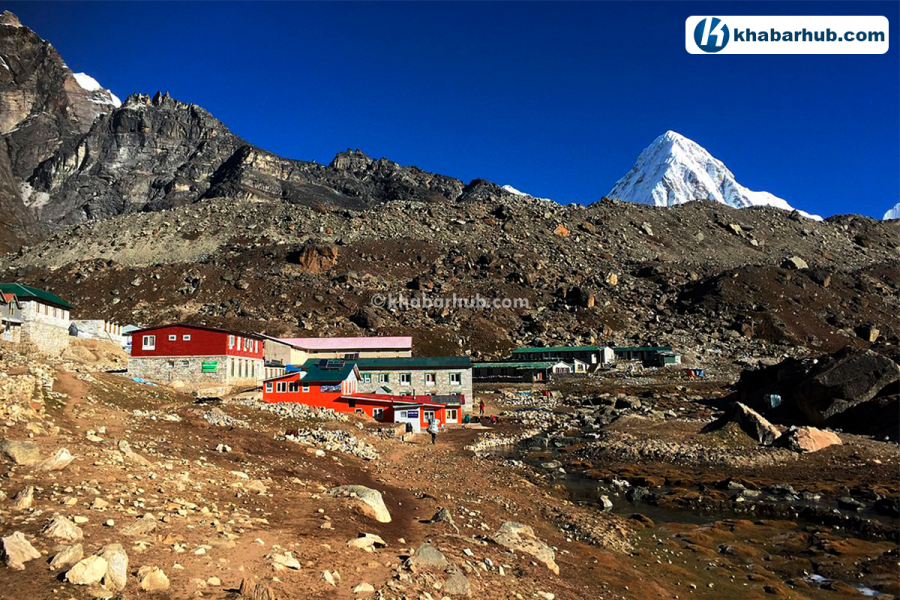
After breakfast, trek from Dingboche to Lobuche covering a distance of some 12km in around five hours. Overnight stay at Lobuche, a Sherpa village located at the height of 4930 meters. It is located in the lap of Lobuche peak (6,119 meters). Most of people prefer to ascend Lobuche peak as part of acclimatization.
Day eight
Lobuche to the Everest Base Camp
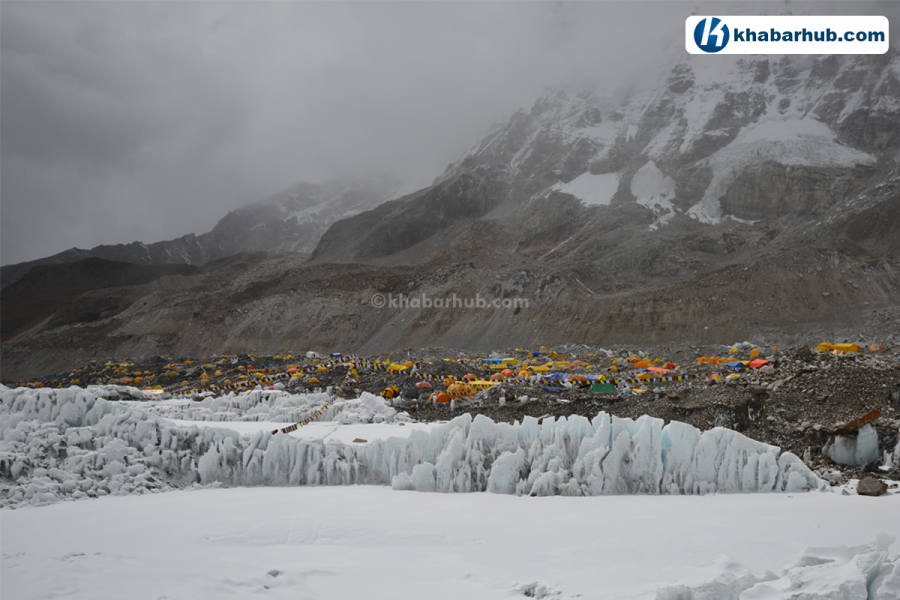
After breakfast at Lobuche, head to the Everest Base Camp covering a distance of around 15km in eight hours. It is basically taken as a dream camp for trekkers, the starting point for climbers. Around 1,800 to 2,200 people are seen around the base camp during spring each year spreading tents waiting for more than 600 climbers to Everest, Lhotse, and Nuptse. The base camp resembles a bazaar.
People rest at the base camp for around five to six days and then begin their climbing training.
Camp One (6050 meters)

From the Everest Base Camp starts the journey of the Everest ascent. Camp One is extremely challenging due to the notorious Khumbu icefall.
Camp two (6500 meters)
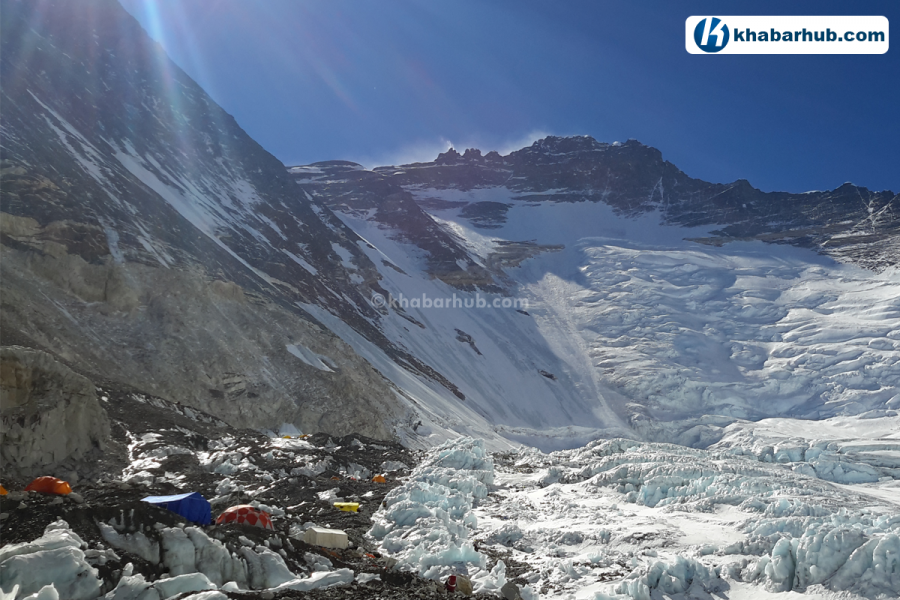
Camp Two is rather easy with a slightly sloppy route. It is set against the southern wall of the Everest. Climbers stay more than two nights at Camp Two as part of the climbing rotation (for acclimatization).
Camp three (7200 meters)

Camp three serves as the resting place for climbers and is fixed on the sloppy area of Lhotse face. Reaching Camp Three is difficult because of the stiff climb. Climbers use crampons and ice axe to reach the camp.
Camp Four (South Col) (7900 meters)
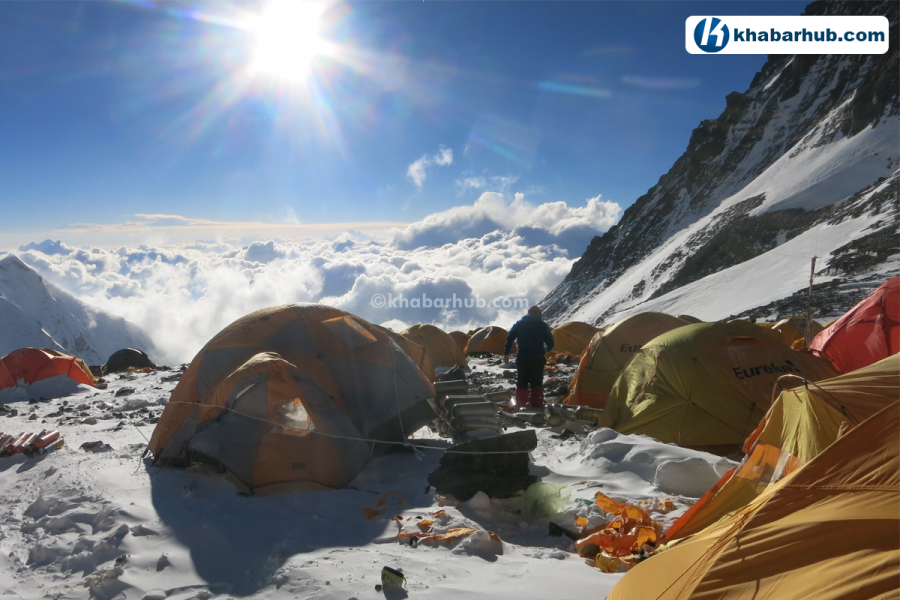
Sherpas deposit oxygen, and other gears and materials at this camp. It serves as the base camp for the summit push. This means there are no other camps from Camp Four to the top of the Everest. The journey to and fro from this camp to the top requires 16 to 18 hours.
Hillary Step

This lies at the height of 8,790 near the summit. This step is named after Edmund Hillary. Until 2015, this step was very challenging because the climbing route lied in amidst huge boulders and passing through was difficult. Climbers often got stuck and even faced death. However, thanks to the massive 2015 earthquake, boulders have made the climb easy and smooth.
Everest Summit (Third Pole)
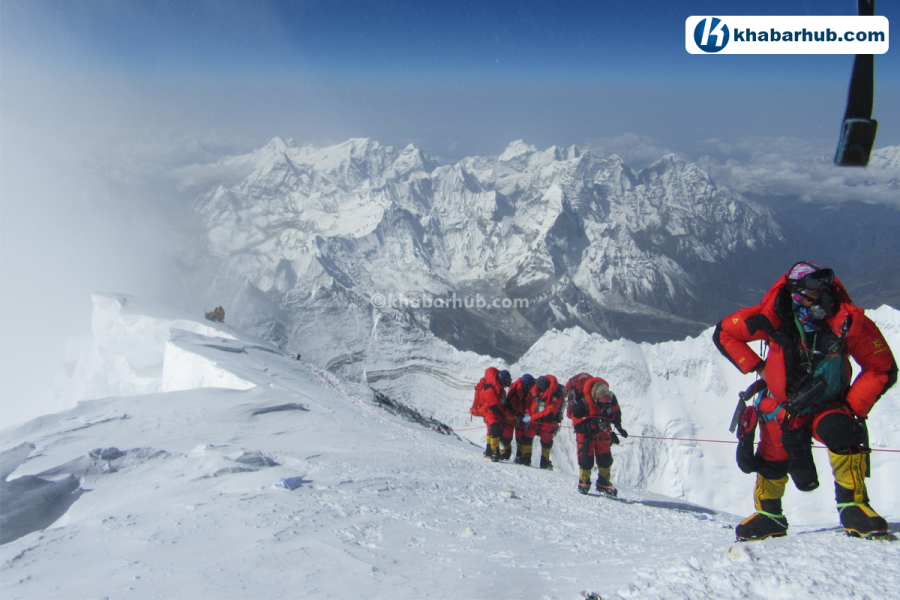
The summit measuring 8,848 meters is the ultimate goal of the climbers where they spend five to ten minutes. It provides a close view of Mt. Cho-Oyu and Mt. Makalu. One can have a clear view of the landscape on the Nepal and Tibet sides. Around 8,000 climbers, including Sherpas, have made it to the summit so far.


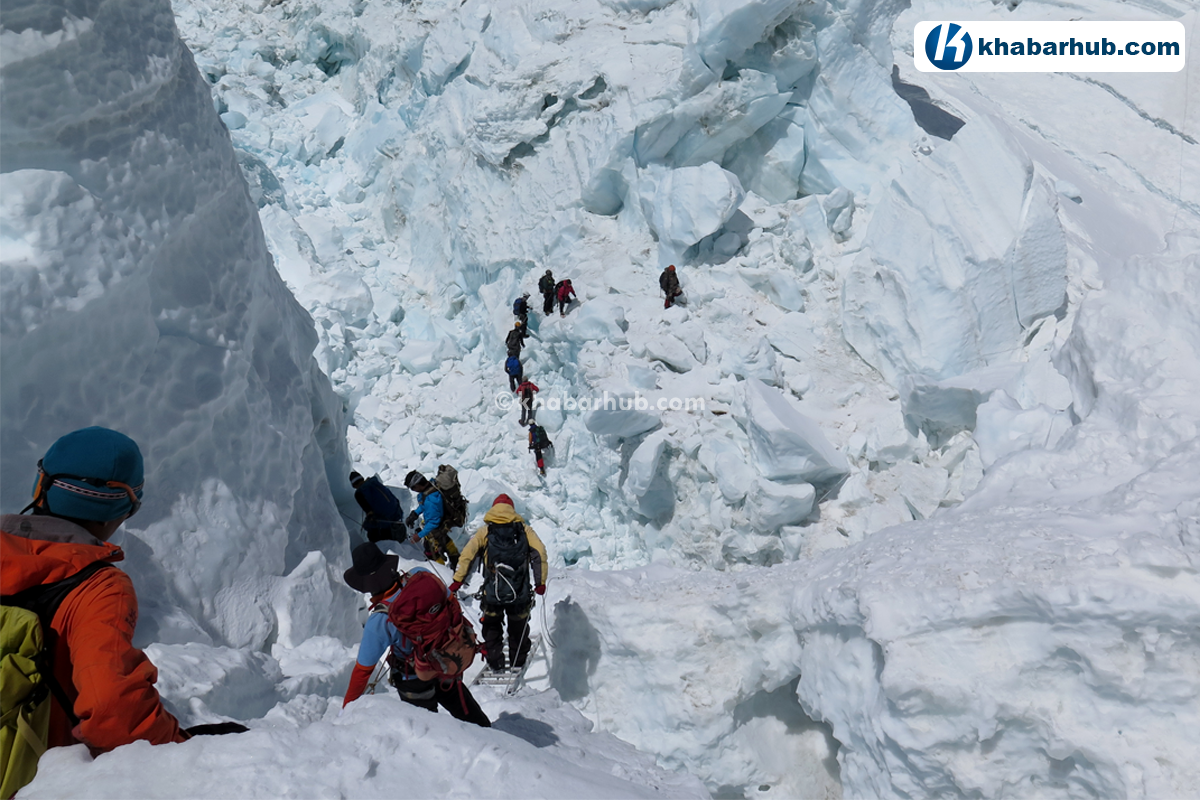






Comment